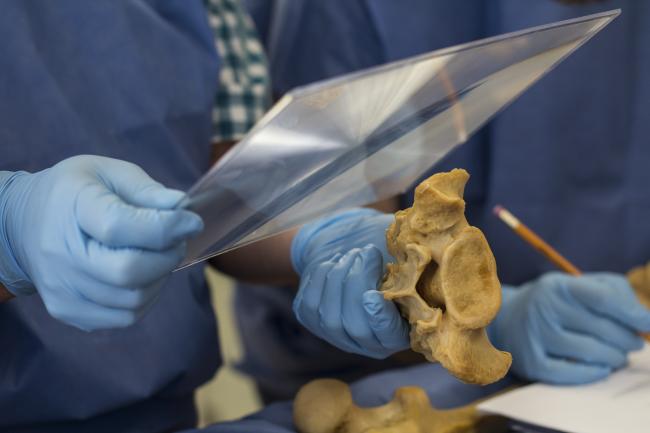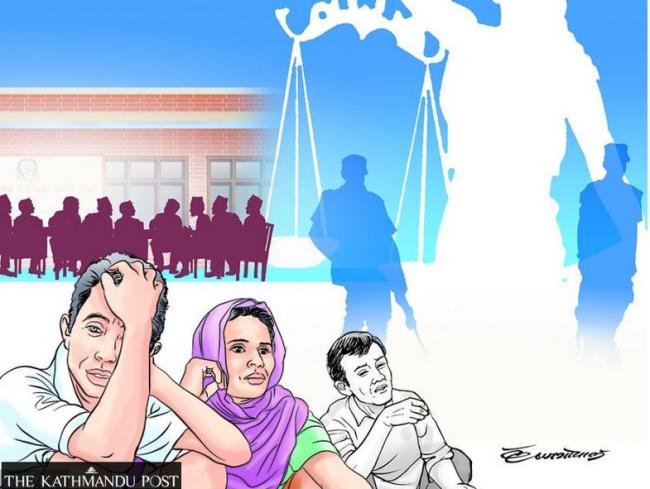Bridging humanitarian and criminal-justice objectives in forensic science

There are thousands of families of missing persons around the world who search for answers as to the fate and whereabouts of their loved ones, hoping to be reunited with them, or, in the event that they are deceased, to have their loved one's body returned to them to be able to perform dignified last rites, and mourn and grieve their death. Not knowing the fate of their loved ones can be devastating for families and sometimes entire communities, who face an ambiguous loss, and are then “living in limbo, unable to mourn, and in the absence of definite knowledge, constantly tormented by hope – a secret prison, a new life in a foreign land, anything but the finality of death”. Families of those who are forcibly disappeared, presumably killed in conflict, or lost in humanitarian emergencies may spend decades searching for their relatives.
Recognizing the profound impact of this type of loss, international humanitarian law (IHL) requires that in times of armed conflict, all parties take steps to prevent persons from going missing, account for those who do go missing, and inform the families of the fates and whereabouts of their missing relatives. Additionally, related international treaties prohibit enforced disappearances. In the last forty years, forensic science tools have significantly advanced the possibility for families to receive scientific, thus reliable, information about the fate of their relatives. Forensic science processes allow trained experts to locate and recover bodies, as well as scientifically identify the remains, which can be extremely painful for families, while also enabling them to finally receive answers about their loved ones. It has been used accordingly across a broad range of contexts from Argentina to the Central African Republic.
In practice when authorities, forensic science experts, or any relevant stakeholder, speak with families to confirm that the missing person is deceased, two initial questions frequently come up. First, families generally want to know, “did you identify the body of my relative?” The second question, once they receive information that their loved one has been positively identified as deceased, is usually, “how did they die?”




